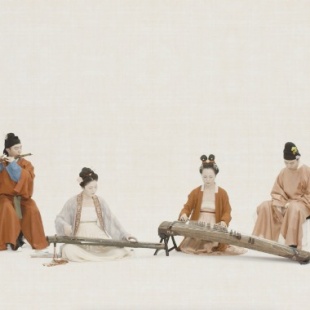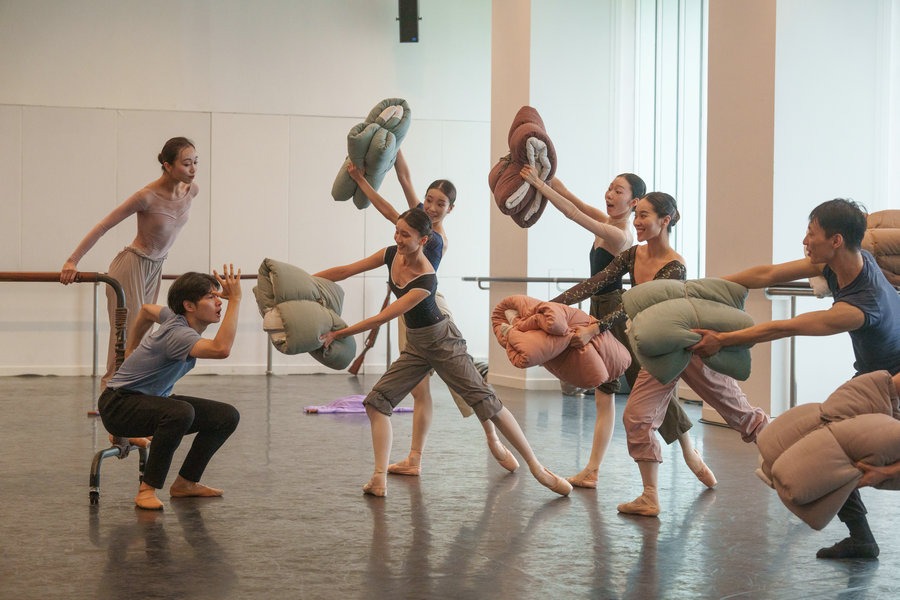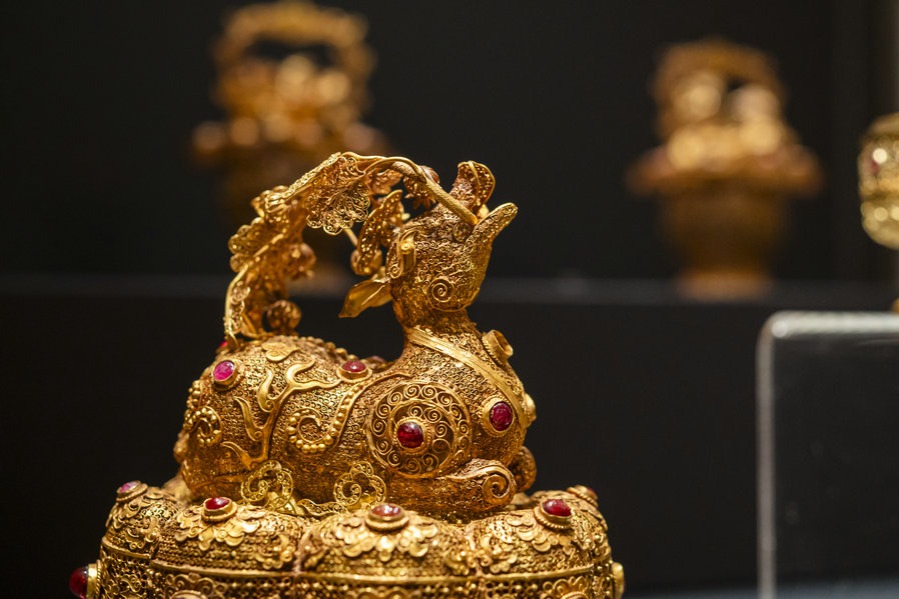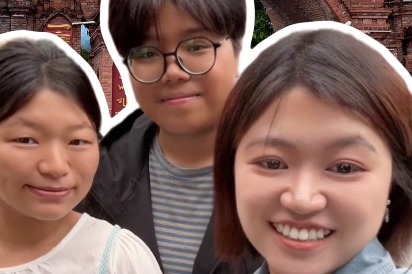In harmony with the past

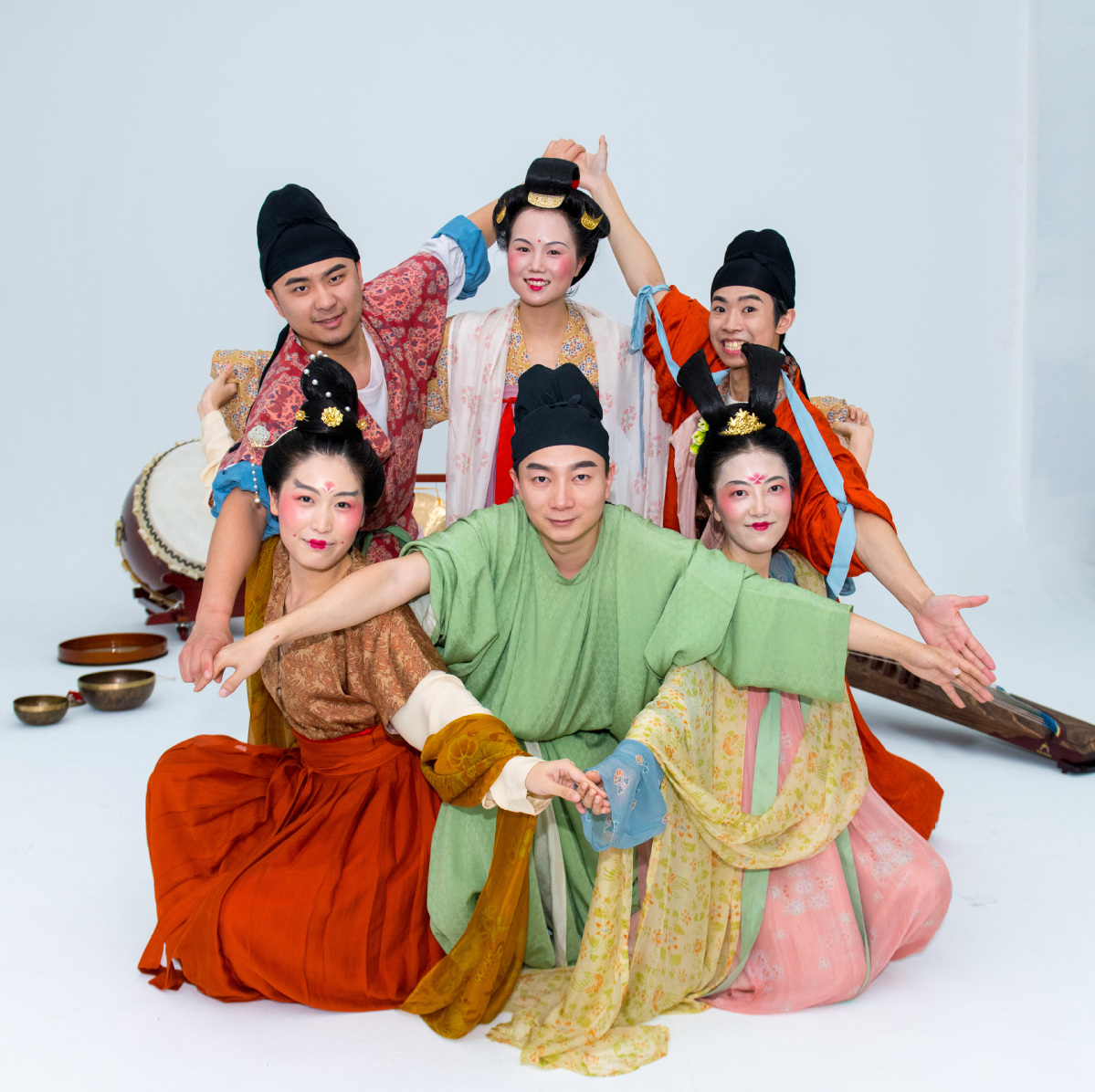
In one video, six musicians, playing the guqin, guzheng (Chinese zither), pipa (a four-stringed Chinese lute), xiao (a vertical bamboo flute) and other traditional instruments, perform the theme song of hit Chinese thriller series, The Longest Day in Chang'an, which is set during the Tang Dynasty (618-907).
Their costumes, makeup and hairstyles all seek to reproduce the distinctive fashions of that dynastic period.
Against a light amber backdrop, the arrangement of musicians and props in the frame, as well as the euphonious notes flowing out from the musical instruments, blend well together.
These visually and acoustically pleasing music videos have garnered nearly 20 million views on the Chinese video-sharing platform Bilibili, and reached large audience overseas, with one video notching up around 15 million views on YouTube.
"We want to create, within our power, a visual effect that suits the style and conception of the piece we play," says Tang Bin, 35, the artistic director for the studio.
He adds that the most time-consuming part for producing a stylish guqin music video is not the preparation of the setting, clothing or filming, but transcribing and arranging a melodious piece for the guqin and the other traditional instruments that are paired with it.
The guqin, with its refined and delicate timbre, is often used by Tang to give off a meditative ambience through the intro and conjure varied moods when building to the crescendo.
To bring out the best of the instrument in an ensemble, Tang has utilized a range of techniques and other instruments to amplify the sound while ensuring quality and fidelity.
Variety is the key and, after a traditional introduction, more instruments come into play, ranging from the xiao and the "hang drum" (which originated in Switzerland and resembles a pot cover) to the African Udu drum. But the guqin's centerpiece role is enhanced in providing the rhythm and harmony base in the band.
Combining guqin with diverse instruments has given Cai Shan, 34, an added zest. Cai, a founder member of the studio, learned the guqin at the Tianjin Conservatory of Music.
She says that in university, she was unwilling to stage solo shows in a music hall, where the guqin player had to keep apart from the audience, which makes the subtleties of the guqin barely audible for those in attendance.
"I like to sit closer to the audience when I perform so people can catch the subtle emotions I articulate through rubbing the strings," she says. "Now I can fully express my sentiments when playing music with other guqin lovers from the studio."
Another thing she likes about the studio is that she used to perform just a handful of ancient, classical pieces in conventional shows, but now, as a group, they "play the hottest new releases on guqin" while clad in gorgeous garments that highlight the fashions of a bygone era.


